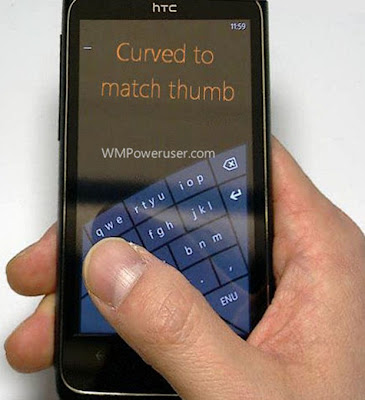As Nvidia is readying the new GK110 Kepler-based monster GPU targeted for GPU computing and later for top gaming performance, AMD is preparing its new Radeon 8000 “Sea Islands” GPU family.
The top performing member of the “Sea Islands” family is codenamed “Venus” The other members of the Sea Island family are rumored to be called Sun, Oland and Mars and their internal configuration will likely be:
Sun:
Die size: 230 square millimeters;
Transistor count: 3.2 billion;
Stream processing units: 1536 units.;
TMUs: 96 units.;
ROPs: 32 units.;
Memory BUS width : 256 bits.
Oland:
Die size: 135 square millimeters or 160 square millimeters;
Transistor count: 1.7 billion or 2.0 billion;
Stream processing units: 768 units or 896 units;
TMUs: 40 units or 48 units;
ROPs: 16 units for both possible variants;
Memory BUS width : 128 bits or 192 bits;
Mars:
Die size: 85 square millimeters;
Transistor count: 0.9 billion;
Stream processing units: 320-384 units.;
TMUs: 20 or 24 units.;
ROPs: 8 or 16 units.;
Memory BUS width : 64-128 bits.
The new “Sea Islands” GPU will likely work at even higher frequencies compared with the current GCN chips as the 28 nm manufacturing process at TSMC has matured and the chip designer will likely do its best at achieving lower current leakage and an overall more efficient design.
Fabless GPU and CPU designer, American company AMD is getting ready to launch its newest and most powerful GPU architecture this winter. The new GPU series will bear the codename “Sea Islands” while the products will be branded Radeon 8000 Series.
Not much is known about the new architecture, but rumors say that the new GPU will have 5.1 billion transistors and will be built in TSMC’s well-known and popular 28 nm manufacturing technology. Considering the fact that the current GCN top performing GPU has 4.3 billion transistors, a relatively small 18% increase in transistor count would be rather impressive if it yields a 40% performance improvement. The transistor count can’t grow too much especially since the GPU is still made using 28nm bulk wafers and at roughly 410 millimeter die size, the Venus GPU is already big enough. The internal configuration of the architecture is supposed to be comprised of 2560 stream processors, 160 texture units (TMUs), 32 or 48 ROP units (ROPs) and the same 384-bit memory bus.
AMD’s new flagship is likely to maintain the GHz-like frequencies that are usually achieve by the current GCN processors. Not moving to a smaller manufacturing process does not mean that AMD will end up with a hot chip. In fact, six months from now, TSMC’s 28 nm manufacturing process will basically be more than 1 year old and will yield even better results. On the other hand AMD will do its best to achieve a lower current leakage and overall a more efficient architecture.
 |
| AMD Dual GPU Radeon 6990 Video Card Image credits to AMD |
 |
| AMD Client and Graphics Roadmap Image credits to AMD |



 7/02/2012 07:56:00 PM
7/02/2012 07:56:00 PM
 dannzfay
dannzfay
























